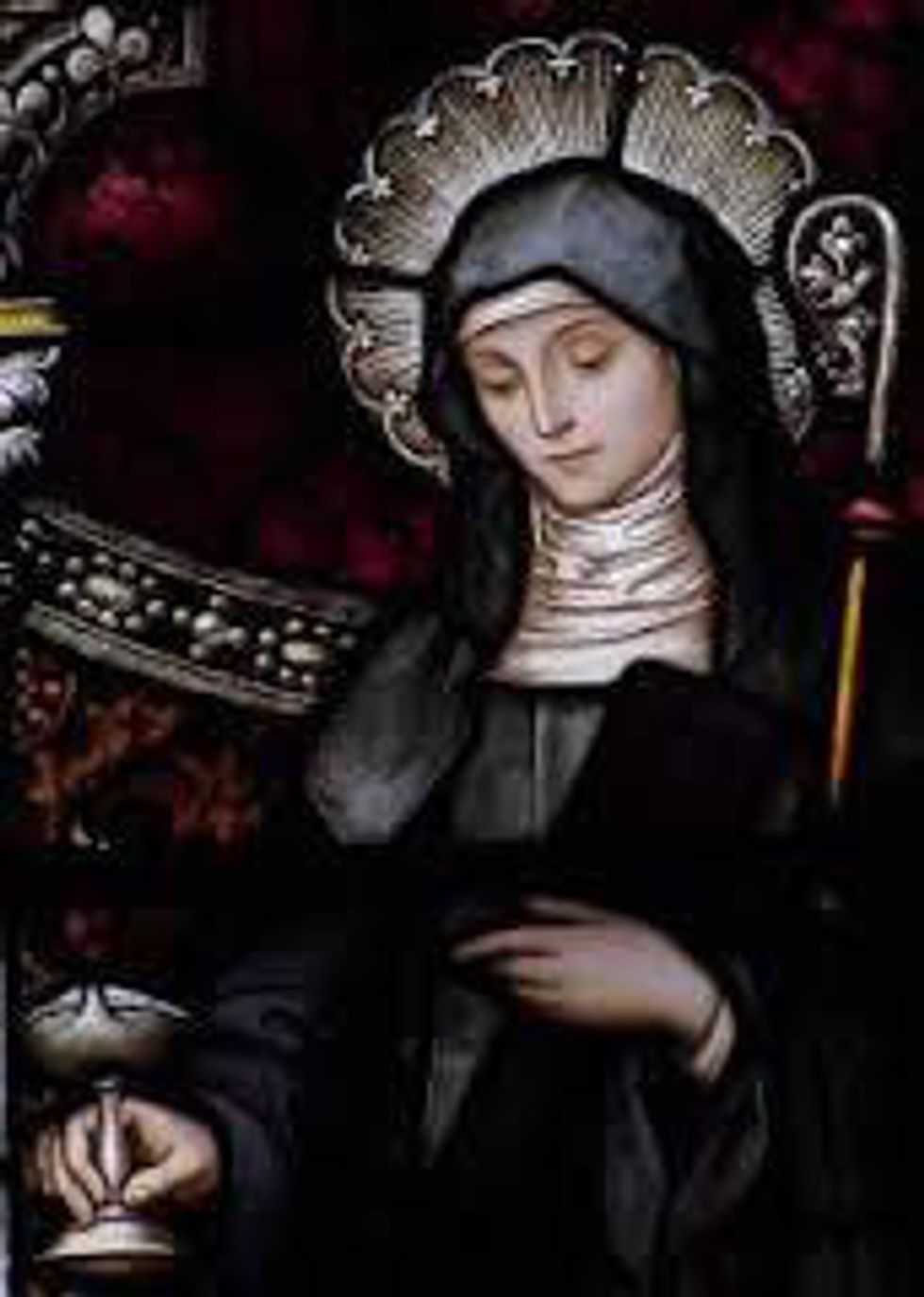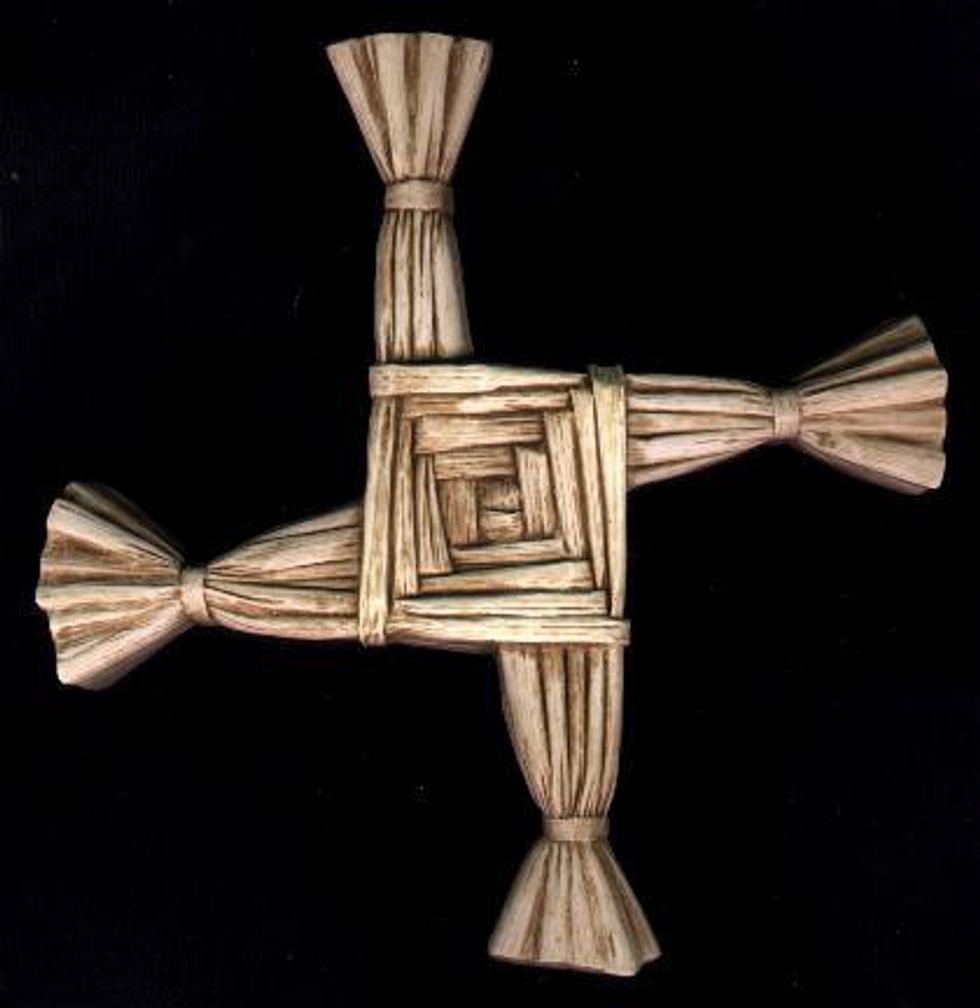Although honored by a feast day on Feb. 1, I believe St. Brigid of Kildare, one of Ireland’s patron saints, does not receive the recognition that she deserves, especially around mid-March, when seemingly all things Irish are celebrated.
Sure, I may be biased toward St. Brigid—she is so special to me. I first learned of her when my cousin took Brigid’s name for her Confirmation years ago. Inspired by my cousin and St. Brigid, I chose to take Brigid’s name for my own Confirmation, and I’ve worn her cross around my neck every day for the past eight years. Also, how could you not love her name? It is spelled in the Modern Irish way of “Brigid,” making it unique and setting it apart from the English spelling of “Bridget.”
While we celebrate all things Irish leading up to, on and after St. Patrick’s Day, St. Brigid deserves a place on the list of celebrated Irish icons for her dedication to her faith and country and for her inspiring works of charity and service.
Here are five facts about St. Brigid that we can keep in our minds during the month when everyone turns Irish.
1. She’s the patron saint of poets, printing presses and scholars.
Because of these patronages, Brigid clearly had a passion for education and the arts. She is celebrated for her wisdom. Every student or scholar, regardless of their religious beliefs, can respect her as a patroness of the creative process.
2. She founded a school of art.
Founding an art school was one of the many accomplishments Brigid achieved. Besides this, she was a nun and an abbess. Brigid also founded many monasteries and convents throughout Ireland with the monastery at Kildare (where she died in 524 A.D. around the age of 70) being her most notable accomplishment. That being said, Brigid was clearly ambitious and passionate about spreading what she believed in and promoting the beauty of art.
3. She knew St. Patrick.
St. Patrick, a bishop at the time, heard Brigid’s final vows before she entered the convent. How awesome is it that the most well-known saints of Ireland knew each other, and how special for Brigid that Patrick received her vows. Along with this, they were both passionate about charity and aiding the poor.
4. She performed many miracles.
Brigid’s miracles ultimately qualified her for sainthood. Some of her many miracles included curing young girls from muteness, healing a leper and bringing sight back to a man who had lost it. Brigid focused much of her attention on the poor, where she performed miracles to feed and heal them. She was extremely generous to them, and her work should inspire us to give back to those less fortunate than we are. Any act of service and kindness can be considered a miracle.
5. She shares her name with a Celtic goddess.
Brigid is a goddess. If you ask me, this fact is pretty self-explanatory. However, this leads to speculation as to whether or not Brigid was a real person. Some believe that Brigid is simply a Christianization of the Celtic goddess. Others, including me, believe that she did live and embody the characteristics of the goddess. Regardless, she left a remarkable and inspiring legacy.
Shamrocks, leprechauns, beer and pots of gold are not the only reasons for which St. Patrick’s Day should be celebrated. So while we’re celebrating the beauty of being Irish, screaming “Kiss me, I’m Irish” and “Erin go bragh” and attending parades, keep St. Patrick in mind. But more importantly, during this St. Patrick’s season, honor Ireland’s leading lady, St. Brigid.
For more information on St. Brigid, check out this helpful source.

























